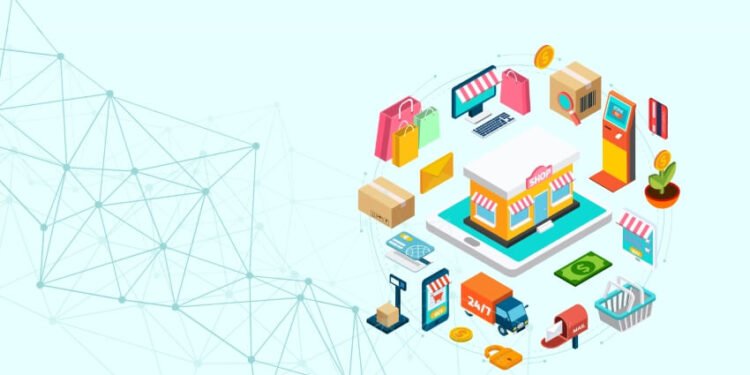Integrating Internet of Things (IoT) devices has emerged as a transformative solution for enhancing the shopping experience and streamlining store operations in the rapidly evolving retail landscape. By leveraging IoT devices, retail businesses can optimize inventory management, personalize customer interactions, and improve operational efficiency. From smart shelves and beacons that facilitate seamless navigation to automated checkout systems that expedite the purchasing process, the implementation of IoT devices offers a comprehensive framework for creating a more interactive, efficient, and customer-centric shopping environment. By understanding the key steps involved in upgrading a shopping store with IoT devices, retailers can unlock the full potential of this innovative technology and stay ahead in an increasingly competitive market.
Conducting a Comprehensive Store Assessment and Needs Analysis
The initial step in upgrading a shopping store with IoT devices involves conducting a comprehensive assessment of the existing store infrastructure and identifying specific pain points and areas for improvement. By understanding the unique needs and challenges of the store, retailers can determine the most suitable IoT solutions that align with their business objectives and customer demands. A thorough analysis of customer traffic patterns, inventory management processes, and customer engagement strategies is essential in laying the foundation for an effective IoT implementation plan that addresses the specific requirements of the shopping store.
Identifying Key Areas for IoT Integration and Deployment
Once the store assessment is complete, the next step involves identifying key areas within the shopping store where IoT integration can significantly enhance operational efficiency and customer experience. It may include implementing IoT-enabled smart shelves for real-time inventory tracking, deploying IoT sensors for temperature and humidity control in perishable goods sections, or integrating IoT-powered beacons for personalized customer engagement and targeted promotions. By strategically selecting the areas for IoT deployment, retailers can ensure a seamless and effective integration of IoT devices that cater to their customer base’s unique needs and preferences.
Selecting the Appropriate IoT Devices and Technologies
Selecting the appropriate IoT devices and technologies is crucial in ensuring IoT solutions’ successful implementation and functionality within the shopping store. Retailers must carefully evaluate the available IoT devices and technologies based on their compatibility with the existing store infrastructure, scalability, and long-term sustainability. Whether RFID tags for inventory management, smart cameras for surveillance and security, or IoT-enabled point-of-sale systems for automated transactions, selecting the proper IoT devices is essential in creating a cohesive and interconnected shopping environment that enhances the customer experience and operational efficiency.
Integrating IoT Solutions with Existing Store Systems
Integrating IoT solutions with existing store systems and platforms is critical in ensuring a seamless and efficient shopping experience for customers and store personnel. Retailers must prioritize the compatibility and interoperability of IoT devices with the existing store management software, data analytics platforms, and customer relationship management systems. Seamless integration of IoT solutions enables real-time data synchronization, streamlined communication channels, and data-driven decision-making processes that empower retailers to make informed business decisions and provide personalized shopping experiences that cater to individual customer preferences and needs.
Implementing Robust Data Security and Privacy Measures
Data security and privacy are paramount considerations in implementing IoT devices within a shopping store environment. Retailers must implement robust security protocols and encryption measures to safeguard sensitive customer data, transactional information, and operational insights collected through IoT devices. By prioritizing data security and privacy, retailers can foster customer trust and loyalty, ensuring customer information remains protected and confidential throughout their shopping journey. Regular security audits and updates are essential in mitigating potential cybersecurity risks and vulnerabilities, thereby establishing a secure and resilient IoT ecosystem within the shopping store.
Sum Up
Integrating IoT devices offers a transformative approach to upgrading shopping stores, enabling retailers to enhance operational efficiency, personalize customer experiences, and create a more interactive and dynamic shopping environment. By following key steps such as conducting a comprehensive store assessment, identifying areas for IoT integration, selecting suitable IoT devices and technologies, integrating IoT solutions with existing store systems, and implementing robust data security measures, retailers can effectively leverage the power of IoT to optimize store operations and elevate the overall shopping experience for their customers.




